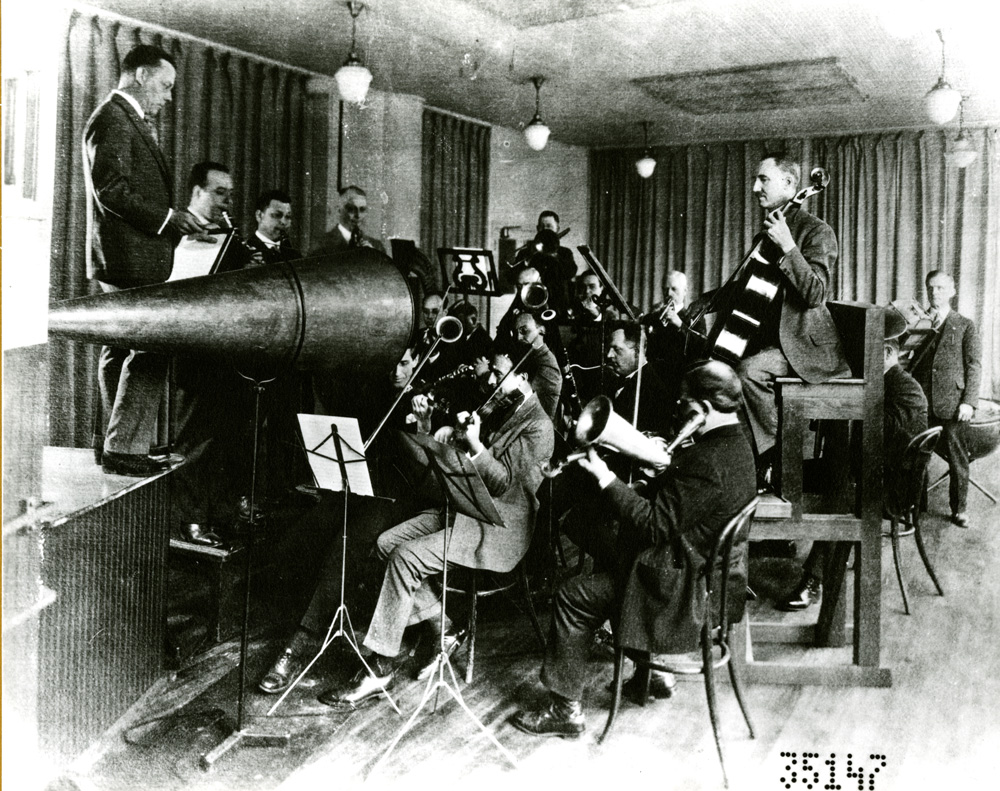How's this for a HUGE development in the music recording industry?
The Library of Congress presents the National Jukebox, which makes historical sound recordings available to the public free of charge. The Jukebox includes recordings from the extraordinary collections of the Library of Congress Packard Campus for Audio Visual Conservation and other contributing libraries and archives. Recordings in the Jukebox were issued on record labels now owned by Sony Music Entertainment, which has granted the Library of Congress a gratis license to stream acoustical recordings.At launch, the Jukebox includes more than 10,000 recordings made by the Victor Talking Machine Company between 1901 and 1925. Jukebox content will be increased regularly, with additional Victor recordings and acoustically recorded titles made by other Sony-owned U.S. labels, including Columbia, OKeh, and others.
Finally, a major recording label doing the right thing releasing these old historic recordings free of charge. The only bummer is that they are available for streaming only. It's better than nothing, though, that's for sure!
Pictured here is an acoustic recording session conducted in the era before microphones were utilized for recording. Music and speech was funneled through recording horns, which in turn vibrated an attached diaphragm and stylus, thus etching the sound waves onto a rotating wax disc:
From the Library of Congress "National Jukebox" site:
To make a sound recording prior to 1925, instrumentalists, singers, and speakers performed in front of a flared metal horn which gathered and funneled sound waves toward a thin diaphragm at the small end of the horn. The energy of the sound waves caused the diaphragm to vibrate. The vibrating diaphragm caused an attached stylus to etch the sound waves onto a blank wax rotating cylinder or disc. There were no electronic tone controls. All adjustments to the sound were made by altering the performer's position relative to the horn or by trying horns of differing sizes or diaphragms of varied thickness.
Read more about the process of sound recording back then.
Man, have we come a LONG way over the past 100 years!
Permalink to post: http://www.cslproductions.org/music/talk/archives/001194.shtml
Receive an email whenever this MUSIC blog is updated: Subscribe Here!
Tags: acoustical recording, Library of Congress, National Jukebox, sound recording
home | music | democracy | earth | money | projects | about | contact
![]() Site design by
Matthew Fries | ©
2003-23 Consilience Productions. All Rights Reserved.
Site design by
Matthew Fries | ©
2003-23 Consilience Productions. All Rights Reserved.
Consilience Productions, Inc. is a 501(c)(3) non-profit organization.
All contributions are fully tax deductible.






